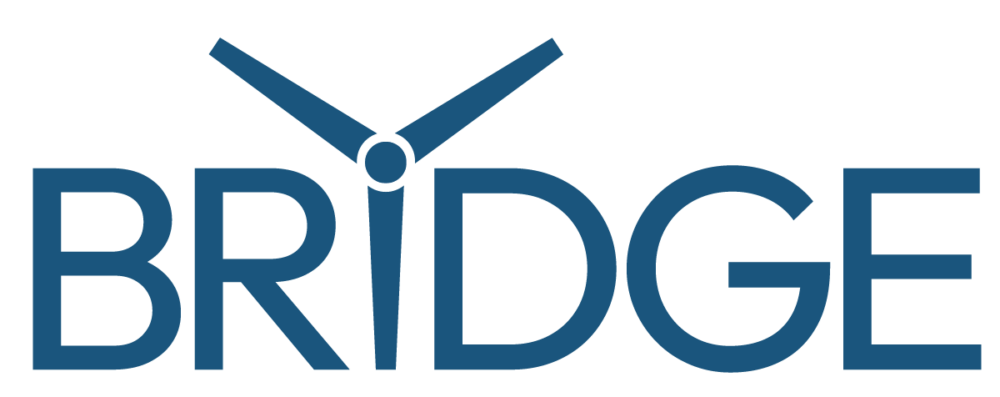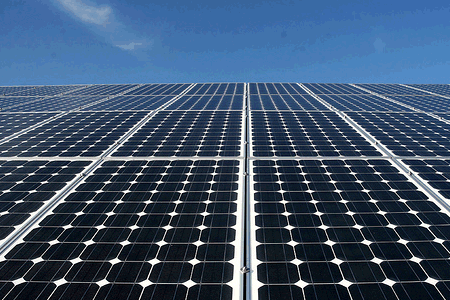The World Resources Institute analyse the U.S. installation trends, policy landscape, and economics.
The World Resources Institute have prepared a new working paper, ‘What’s Blocking the Sun? Solar Photovoltaics for the U.S. Commercial Market’, providing a snapshot of the current investment environment for solar PV in the United States from the commercial end user’s point of view.
Below is the Executive Summary prepared by The World Resources Instutute:
The commercial sector of the U.S. economy is in a unique position to drive growth in the solar photovoltaic (PV) market, widening it geographically as well as increasing its total size. The retailers, multinational companies, and small businesses that occupy commercial real estate in the United States make up 36 percent of national electricity consumption. The roof print of these businesses is vast and suitable for installing solar PV at scale. These potential investors are increasing their attention to the risks of climate change and seeking investment solutions that can meet their growing power demands as well as their sustainability mandates. However, more than 90 percent of commercial PV capacity installed is concentrated in only five states. Beyond pioneers in a few key states, why have more businesses not found solar PV to be the solution? Over the past year, our team interviewed members of WRI’s Climate and Business Projects in order to understand the experiences of businesses exploring or participating in solar PV markets; those interviews inform this working paper.
This paper provides a snapshot of the current investment environment for solar PV in the United States from the commercial end user’s point of view. The current installation trends, policy landscape, and economics are described in detail. Solar PV installations are concentrated in states with strong financial incentives and no regulatory barriers to distributed generation. Commercial investments have fared worse than the residential market during the economic downturn of the past two years. The policy landscape has improved since 2008, but multiple regulatory barriers remain at the state level and federal support is less certain after 2010.
An analysis of the hurdles remaining for solar PV finds that they are both economic and regulatory. The economics of a PV system is modeled in detail for four U.S. states, showing the potential impact of lower module costs as well as state and federal policies on the levelized cost of solar power. PV has not yet reached cost parity with traditional power generation without a price on carbon, but its costs are expected to continue to decline and to eventually reach grid parity. The evolution of new business models and support policies is needed to stimulate deployment and accelerate this transition. Solutions are discussed that have the potential to “unblock” investment in this sector, including regulatory reform, demand aggregation, new financing mechanisms and public R&D investment.
With the objective of expanding the commercial market for solar PV, we make 18 strategic recommendations for solar industry members, commercial energy end users, and policy makers. Recognizing that the PV industry is in a highly dynamic phase and that these are only a few of the solutions that could put it on a sustainable path to grid parity, we conclude with questions for further research. At the end of this paper, there is a survey containing three sets of key questions, each targeted to different stakeholders.
For the full report please click here for a PDF version
If you would like to find out more information please contact, WRI Research Analyst Jenna Goodward, jgoodward@wri.org.










